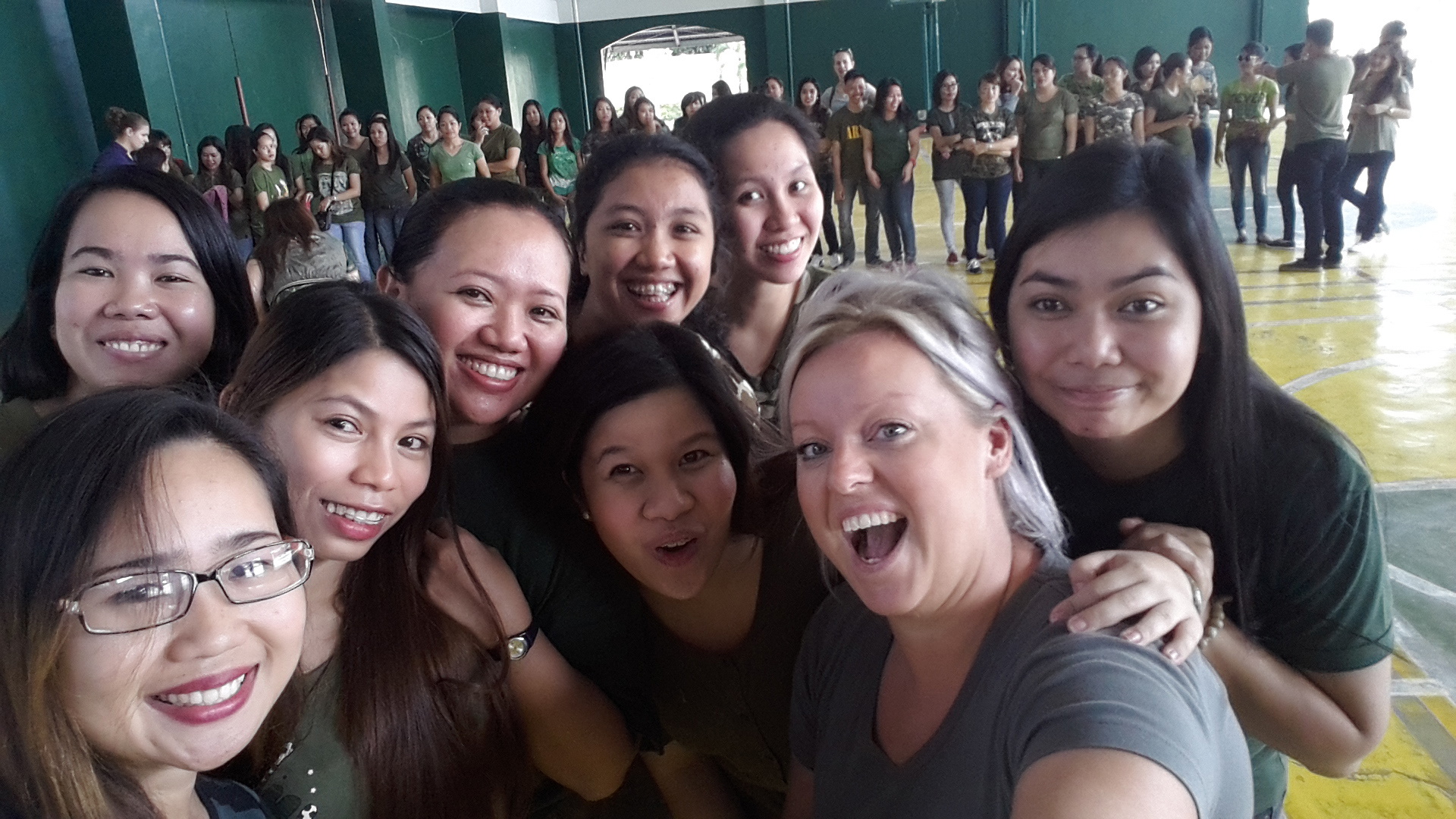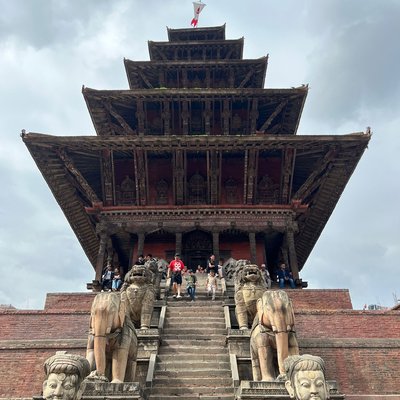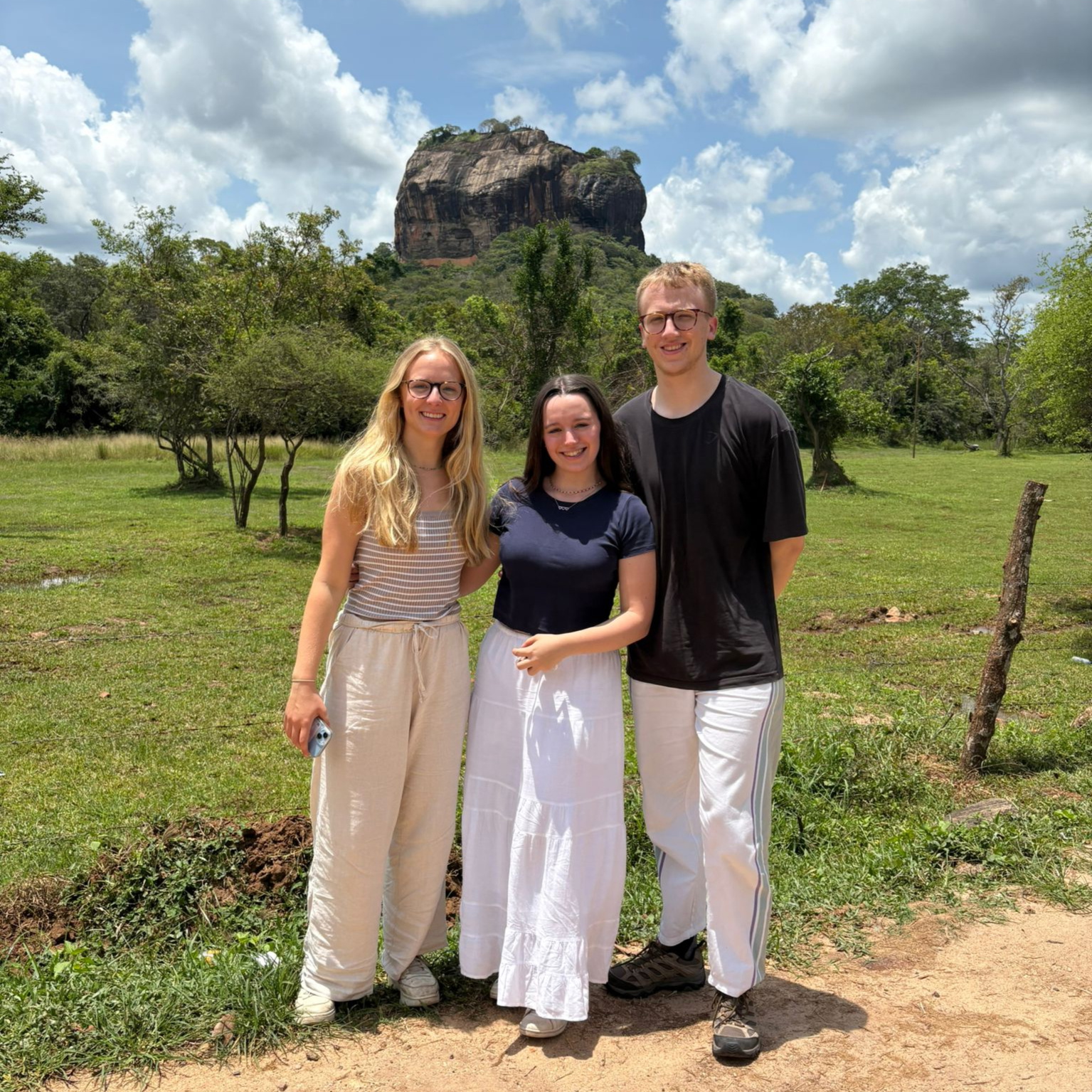St. George's University of London 2014
Introduction
I undertook my elective in the Anaesthetics and Emergency Medicine departments of the largest government tertiary referral hospital in Iloilo City, on Panay Island, in the Philippines.
Through the Work the World scheme, I was able to join a group of thirty other students from various healthcare backgrounds to gain medical and surgical experience. The medical centre provides care to over four million people in the Western Visayas region. With a capacity of only 435 beds, which is usually overwhelmed, I observed enormous pressure on the healthcare professionals working there.
The Philippines is a group of islands with a total population of approximately 97.5 million. Average life expectancy in the Philippines is 66 years for males and 73 years for females. The country also has a national simple literacy rate of 93.4%. This made working in the Medical centre more enjoyable as the language barrier was not as great an issue as I had anticipated.
For the most part, there is an equal distribution of health burden from communicable and non-communicable diseases in the Philippines. However, there has been a steady increase in the prevalence of non-communicable conditions such as heart disease and diabetes, emulating the UK health burden. The most prevalent communicable diseases are tuberculosis, pneumonia and malaria.
I chose to do my medical elective in the Philippines, as I wanted to gain experience in healthcare in a developing country. Additionally, I wanted to explore the approach to anaesthetics and emergency medicine, and possible career options, in a resource-limited medical centre.
Achievement of Learning Objective 1
By the end of my elective, I hope to have a better understanding of the management of common emergency presentations in the Philippines compared to the UK.
I feel that my elective has helped me achieve this learning objective. This is primarily due to me being able to take an active role in the emergency medicine team.
During my time in the department, I was able to observe the diagnosis and management of a variety of medical conditions. The most common presentations included alcohol related ailments, tuberculosis and diabetic complications. However, I was shocked at the number of road traffic accidents and hacking injuries that came through the department.
One particular case that will forever be embedded in my memory is that of a 43-year-old gentleman who came in with severe hacking wounds to his face. He had been involved in a fight with his brother whilst inebriated. This kind of hacking presentation to A&E in the UK is extremely rare, and I was astonished to learn that this is a common occurrence in the Philippines.
Initially, I was apprehensive about being involved in the management of such a complicated case; however, I feel that I was able to utilise the skills I have acquired during my training to effectively manage this patient. I was pleased to learn that the basics are the same as in the UK; follow an ABCDE approach. This reinforced to me the universality of the basic principles of medicine and allowed me to take a more hands-on approach to patient care.
I was privileged to witness and practice excellent clinical examinations and history taking
However, I felt uneasy when I learned that this patient had spent the last 48 hours travelling to the hospital without any pain relief. He was not screaming in pain and was able to talk, even though he had multiple, deep gashes on his face from a machete. Initial management of such a patient in the UK would involve strong analgesia given rapidly.
This patient went without any pain relief for a total of 72 hours because the family could not afford the medicines. This troubled me greatly as I began to realise how much I take the National Health Service for granted. Finance and affordability are at the forefront of Filipino healthcare. Management depends on whether you can afford the treatment, and this became more apparent as I spent time in the emergency room. I also observed a nine-year-old girl with a suspected fracture having to wait three days before she could have an X-ray. This was surprising as NHS protocols suggest that all patients are seen within four hours.
In spite of the long waiting times and the lack of free medical treatment, I was privileged to witness and practice excellent clinical examinations and history taking. This allowed rapid clinical diagnosis and reduced the time taken for effective delivery of management. The doctors and nurses provide excellent care with the limited resources available to them, and for this experience, I will be forever grateful.
I have gained immense respect for the resilience of the Filipino people and the healthcare professionals. On reflection, I learned that I hastily complain about minor ailments and feel that my time in the Philippines has made me a stronger individual. Additionally, I feel that working in a resource-limited environment has made me appreciate and value the resources that we have available in the UK. This experience will always remind me to be less wasteful in the future and work harder to perfect my examination and history-taking skills to enable rapid diagnosis and management.
Achievement of Learning Objective 2
By the end of my elective, I aim to have a clear understanding of routine anaesthetic techniques used in the Philippines compared to the UK.
For my second learning objective, I was keen to observe how anaesthetic techniques in a developing country varied from those in the UK. I set about achieving this by spending as much time as possible in the operating rooms and witnessing numerous types of surgery. This meant that I was able to gain experience on the various anaesthetic techniques used for different surgeries.
I learned that finance plays a major role in the decision for what type of anaesthetic is used
I observed an anxious 47-year-old woman who presented with an acute abdomen. She was diagnosed with acute appendicitis by the surgical team and was scheduled for emergency open appendectomy. From my previous experience in the UK, routine anaesthesia for laparotomies usually involves the use of a general anaesthetic. However, I was alarmed to learn that, in the Philippines, a majority of these operations are performed under spinal anaesthesia alone. Furthermore, I was surprised to learn that this patient did not receive any local analgesia for the procedure. This made me extremely uncomfortable, as she had to endure multiple attempts at spinal needle insertion without appropriate analgesia.
When I enquired as to why most patients received spinal anaesthesia, I learned that finance plays a major role in the decision for what type of anaesthetic is used. General anaesthetics cost considerably more than spinal blocks. The doctors expressed their own frustration at not being able to use general anaesthesia for major surgery; however, the patients simply could not afford it. Most patients are unable to even afford local analgesia for the procedure.
Although administering spinal blocks was not their preferred method of anaesthetising patients, it worked effectively, had fewer side effects, and patients had a quicker recovery. It also meant that the patient needed less monitoring during surgery as they were only lightly sedated. This allowed the limited monitoring equipment available to be used on more complicated cases.
Coming from a culture where finance rarely affects the treatment you receive, I found it very difficult to accept that patients in the Philippines had to undergo major abdominal surgery without the appropriate anaesthetic. However, as I spent more time in the anaesthetic department and spoke to more patients, I began to realise that this was a common occurrence in the hospital.
In hindsight, I realised that I was too quick to negatively judge the use of spinal anaesthesia. They offer an effective replacement for general anaesthesia in the form of spinal blocks to cut down costs for their patients. This experience has enabled me to understand how routine anaesthesia differs in the Philippines compared to the UK, due to financial constraints. I learned that patient-centred care relies heavily on offering affordable treatment. In my future practice, I will aim to consider all aspects of a patient’s background, including social and financial status, to ensure good medical practice.
Discussion
I feel that my elective in the hospital has enabled me to effectively cover my learning objectives. I was able to gain experience in the management of common emergency presentations as well as gain an appreciation of routine anaesthetic techniques.
During my four weeks, I have learnt many new skills, which have vastly improved my confidence for my upcoming years as a foundation doctor. I took an active role by assisting in many procedures and routine tasks. During a night shift, I observed a patient who had difficulty maintaining their airway. I was able to assist in his intubation and ventilation, which went on to save his life. I believe this experience, alongside several others that I have gained during this elective, will enable me to competently manage acutely unwell patients in my foundation years.
Furthermore, I was also able to assist in the induction of general and spinal anaesthesia of many patients. I feel that this has enhanced my abilities in the anaesthetic room and heightened my interest in pursuing a career in anaesthetics.
my time here has taught me to be a more resourceful doctor, whilst maintaining patient safety
Initially, I felt apprehensive about how healthcare could work effectively in a centre with such limited resources. However, the healthcare professionals have found unique methods of delivering effective care. An example of this was when a patient needed oxygen via a reservoir bag. However, as the only available mask was already being used, I was amazed to see the doctor fashion a bag out of a glove, which proved to be an effective replacement. I felt this was a very creative way of overcoming limited resources.
I also do understand that, at times, being resourceful in these conditions may have compromised patient safety. For example, it is common in this centre to reuse facemasks and surgical hats over the week due to costs. This could pose a risk to patient safety by increasing the transference of infection. It is unlikely for a similar situation to arise in the UK; however, I feel my time here has taught me to be a more resourceful doctor, whilst maintaining patient safety.
Furthermore, I was also impressed by the role taken by family members in the multi-disciplinary team. The family became integral cogs in the seamless delivery of medical care. Due to the lack of automated ventilators, it was common practice to see family members providing manual ventilation. I believe that this allowed them to feel more involved in patient care, but also bridged a huge gap between healthcare professionals and family members.
I feel that my elective has also reinforced the significance of remaining calm in high-pressure situations. With every patient I met, I felt extremely anxious and had doubts about whether I would be able to manage these conditions on my own as a junior doctor. However, as I saw more cases, I became more confident and calm. I feel that this experience has helped me to develop as a healthcare professional and will aid my transition from medical student to junior doctor immensely.
I feel that the exposure and experiences I have been fortunate enough to encounter in the Philippines have made me better prepared for the challenges that lie ahead. It has also made me excited to begin life as a junior doctor and to put into practice all the skills I have acquired to provide optimal care for my future patients.
Read more about our Electives in Asia, and you'll find options in Nepal and beyond.








